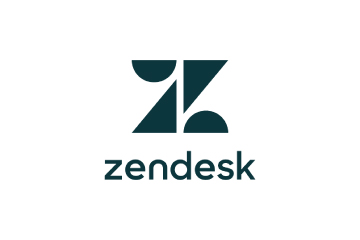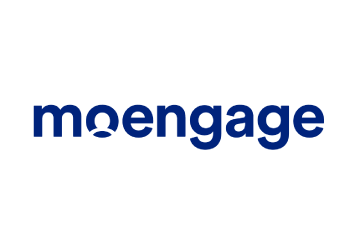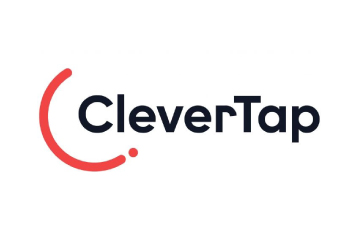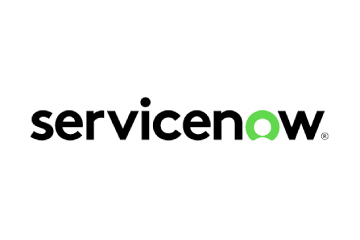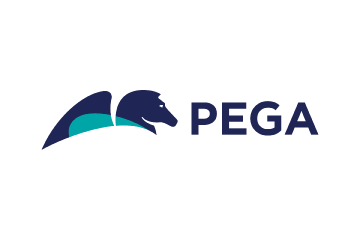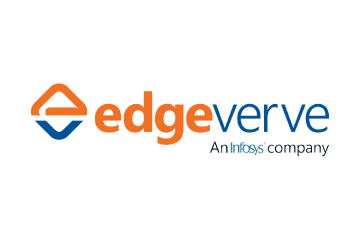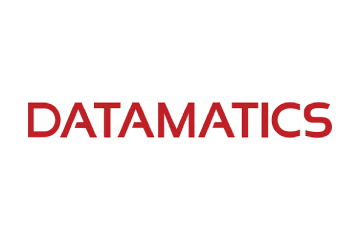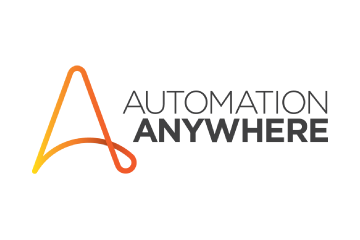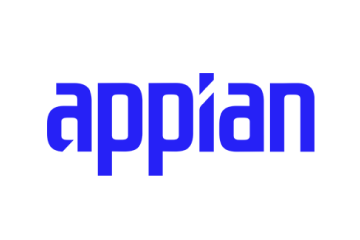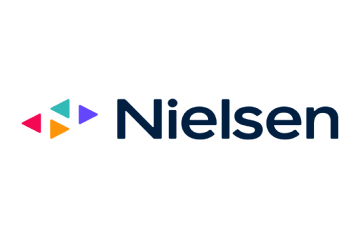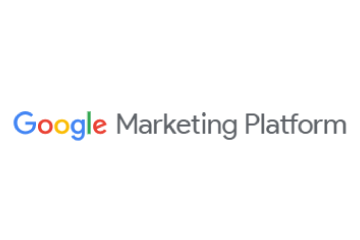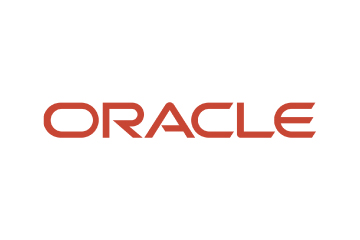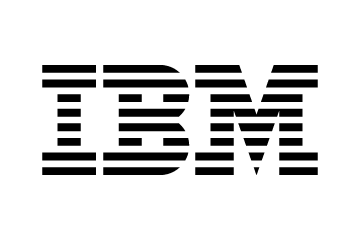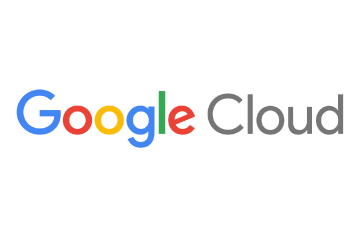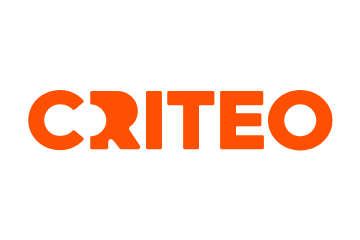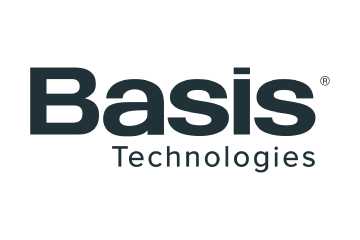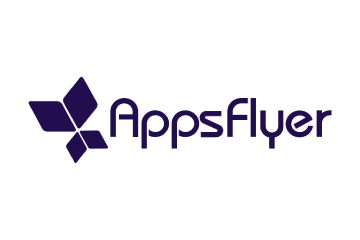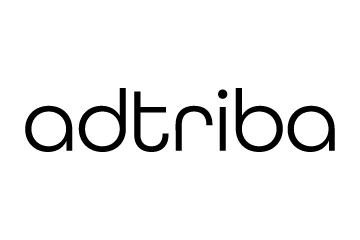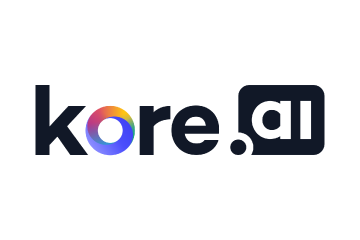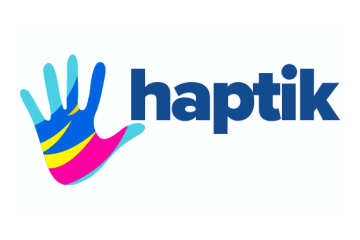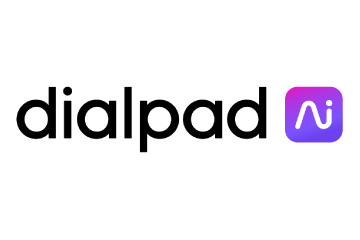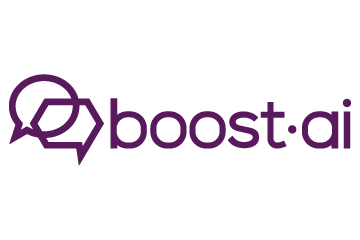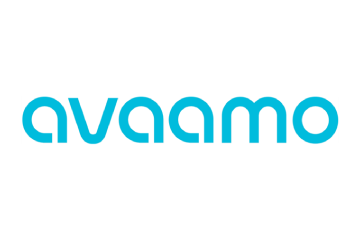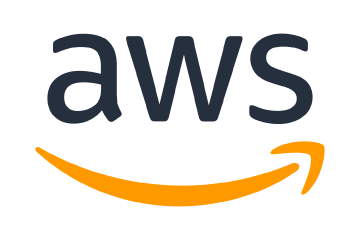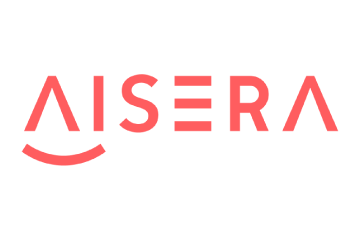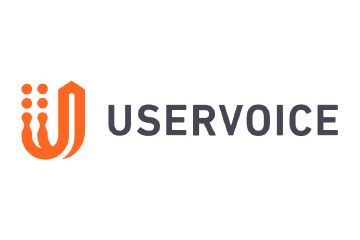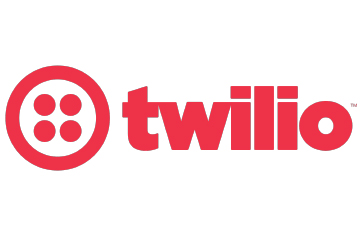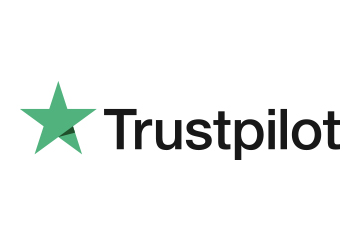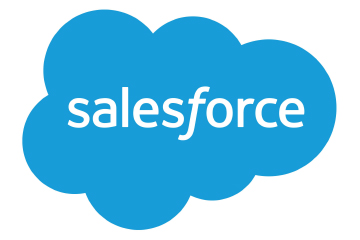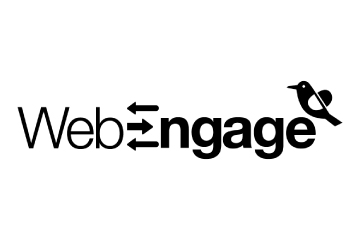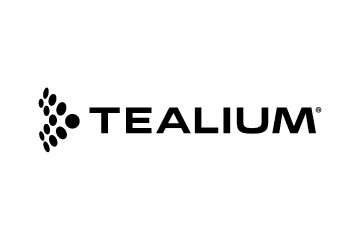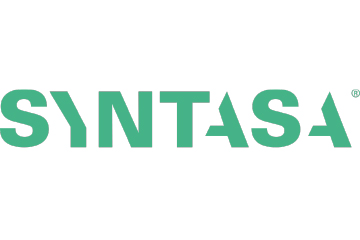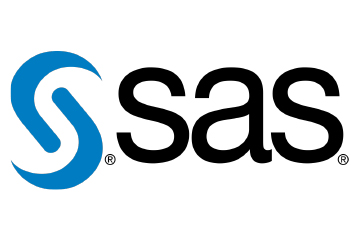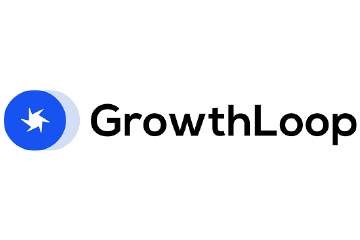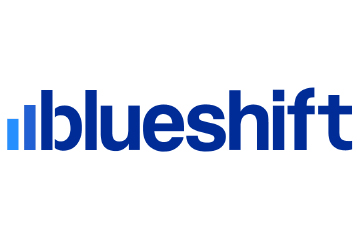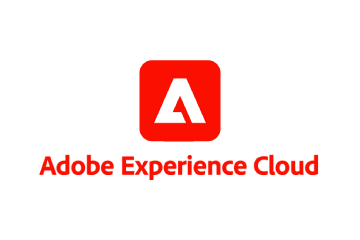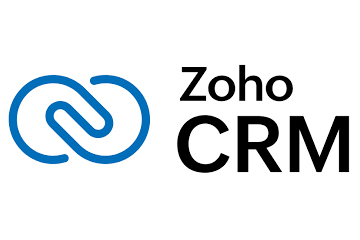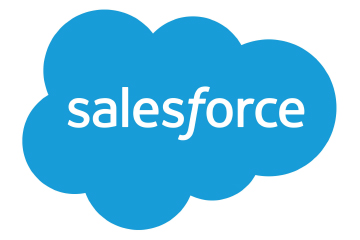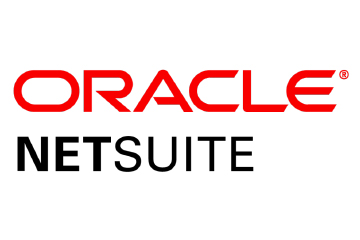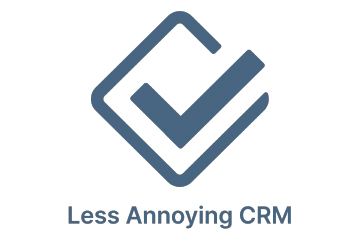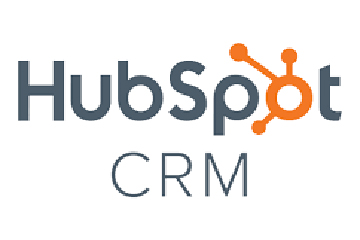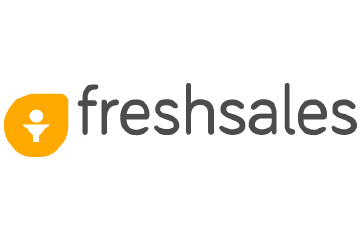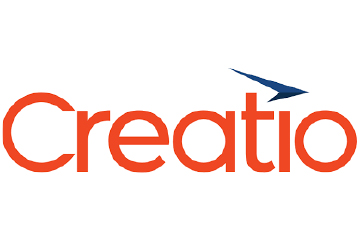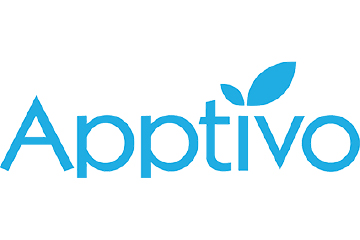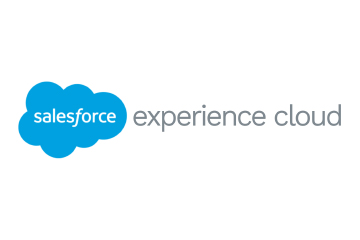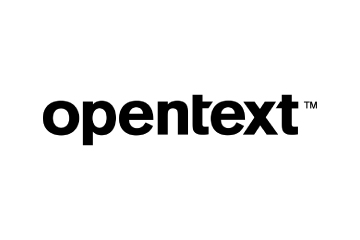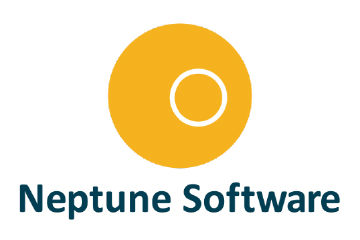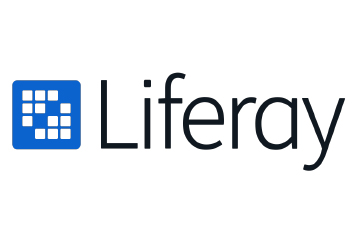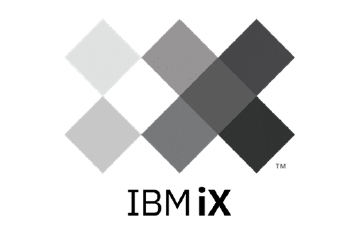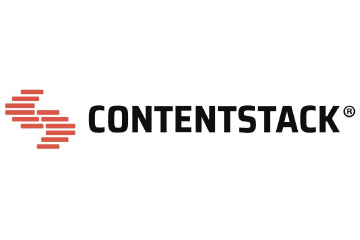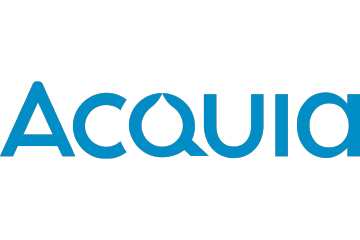An Entrepreneurial Mindset Drives CX and Martech Success (and Fun)
Think like an internal entrepreneur—turning your work into a business within a business for greater impact and job satisfaction.
What to Read Next
- Surfside Expands Commerce Media Solution to Include In-Store Inventory
- Salesforce Signs Definitive Agreement to Acquire Qualified
- MoEngage Secures Additional $180M in Series F Funding
- KNOREX Unveils White-Label Solutions to Power Live Commerce Advertising
- Insightly Launches AI-Powered Copilot to Streamline CRM Workflows

You know the CX and martech mission is important.
But many programs don’t succeed at delivering the intended impacts; and the job isn’t always fun. What can we do about that?
Many Jobs are a Drag
In some jobs, people toil day after day. And as hard as they work, they go home feeling that they haven’t done enough. It seems so much more is expected of them than they have time to deliver. And despite all that hard work, they’re never really sure they’ve done any real good in the world.
Others feel differently (but not necessarily better). They’re on a mission, one they believe in. But it feels like the rest of the company is resisting, or even fighting, their great ideas – or at best, just ignoring them. These folks go home each day frustrated that they can’t implement their vision and save the world.
Neither of these jobs is fun – or productive, for that matter.
And these organisations find it difficult to attract, inspire, and retain top talent.
What’s the Alternative?
Consider a different kind of organisation, where work is fun and worthwhile….
Think of your little group as a business within a business.
Your group is not defined by competencies, roles in processes, or responsibilities for tasks. It’s defined by what it “sells” as an internal business.
Your job is to produce products and services for customers – people elsewhere in your department, or throughout your company, or even outside the company. You’re not asked to do tasks. Your customers buy results.
(I use the word “buy” to describe the customer-supplier relationship, not that you actually charge for your services.)
ALSO READ: GenAI vs. Copyright: Who Owns Creativity in The AI Era?
Your Budget (Including Your Time)
Speaking of money, you are not given a budget to pay your costs – any more than we go to the grocery store and give them money for their rent, electricity, and check-out clerk. It’s not like the old days where you’re given a fixed budget, and your customers demand everything they can dream of, all for free.
Instead, your budget is the enterprise’s way to pay for your products and services. It’s “prepaid revenues” – money put on deposit with you to buy your products and services in the year ahead.
It’s like a bank account that your customers use to buy things from you.
Here’s the key: Your customers only get what they can afford. Thus, demand equals supply; your commitments to customers are covered by your budget.
By the way, when you planned your budget, you set aside time and money for sustenance costs (which customers don’t buy, or decide), such as planning, process improvements, training, and innovation. This way, you have time to keep your business running, competitive, and growing.
Accountabilities and Authorities
As an entrepreneur, obviously, you’re accountable for delivering the (funded) products and services that your customers have chosen to buy.
You’re also accountable for running a good business – competitive rates; quality; offering the right products and services; delivering a great customer experience; and innovation in your products and services, and in your methods and tools.
However, with those accountabilities come authorities. Before you agree to deliver a product or service, you have to be given any needed decision rights, information, and resources.
And more broadly, you’re empowered to run your business your way.
Good for the Company
What’s in it for the company is clear: Entrepreneurs perform better. They:
- proactively contribute to customers’ success;
- offer a comprehensive, up-to-date catalog of products and services;
- offer the best deal in town;
- respect customers’ right to choose what they buy;
- tailor solutions to customers’ unique needs (not “one size fits all”);
- meet every commitment;
- look after the safety of the enterprise’s assets;
- and continually innovate.
That’s what’s in it for the company. But what’s in it for you, the employee?
ALSO READ: Performance Vs. Customer Relationships: Not A Trade-Off
What’s In It for Me?
Why is a business-within-a-business organisation a great place to work?
There are many reasons. Five stand out:
- Empowerment: The word “empowerment” means that authorities and accountabilities match. You have all the authorities that you need to win at your job.
Your accountabilities are clear, not vague and open-ended. You know exactly what you’ve agreed to sell to your customers.
You are not a dumping ground for an endless list of tasks. You are not a helpless victim. You’re in control of your business.
- Reasonable expectations: One manifestation of empowerment is inherent in the way budgets are managed.
When budgets are treated as pre-paid revenues, customers can’t honestly expect (or demand) more than they can afford.
Thus, your commitments (and reasonable customers’ expectations) are limited to your resources.
- Teamwork: Cross-boundary teams form dynamically whenever one entrepreneur “buys” help from another. It’s like the general contractor who built your house; they subcontracted to an electrician, plumber, etc.
Teamwork works great because accountabilities are clear. There’s a “prime contractor” who sells the entire project; and each subcontractor is accountable for specific sub-deliverables (products and services in their respective catalogs).
Sure, there’s team spirit. But clear individual accountabilities within teams minimise confusion, contention for control, finger-pointing, and stress. Internal customer-supplier relationships make teamwork highly effective.
This makes it fun to work with people throughout the enterprise.
- Adventure: Running a business is a grand adventure.
You have the challenge of growing “market share” (earning business away from decentralisation and outsourcing -¬your competitors) by building great relationships with, and delivering great value to, your customers.
You build awareness of the value to your customers’ businesses of your products and services (marketing), which might grow your business in the future (more budget).
And you initiate new adventures, like introducing new products and services that add value to the enterprise in new ways.
All the while, you’re learning how to run a business. You have so many professional growth opportunities.
- Purpose: Perhaps of most importance, you have a sense of purpose.
“Purpose” means using your unique talents to do something hard (that you’ll be proud of) and that has value to others.
It’s not just about the mission of the enterprise as a whole (which can seem distant from your day-to-day work). Your little business within a business has a purpose. You deliver real value in the form of needed products and services to people you know – your customers throughout the enterprise.
This is what makes it worthwhile to go to work each day. And this allows you to look back on each week and know that you did some good in the world.
How to Think Like an Entrepreneur
Even if the rest of the company doesn’t think this way, and even if the organisation chart isn’t designed this way, you can behave as an internal entrepreneur.
To learn to think and act as a business within a business, consider four key questions:
- What are my products and services (my catalog)?
- Who are my customers? Hint: It’s not your boss.
- Who are my suppliers? What do you need from other groups around the enterprise?
- Who are my competitors? How can you be better than decentralisation and outsourcing?
For example, CX sells “assessments” to help those accountable for each aspect of customers’ experiences determine what they’d like to improve. Then, it sells “design advice” as those accountable parties redesign processes or specify requirements for technologies. It might also sell “design advice” to IT as it builds systems for those accountable parties.
Martech sells “solutions” to Marketing.
Those are just examples. Work through the four questions, and you’ll have a deep understanding of your business.
I’m confident that as you move down this path, your job will feel more and more fun and worthwhile.
ALSO READ: Hyper Personalisation: Game-Changer or Customer Trap?







